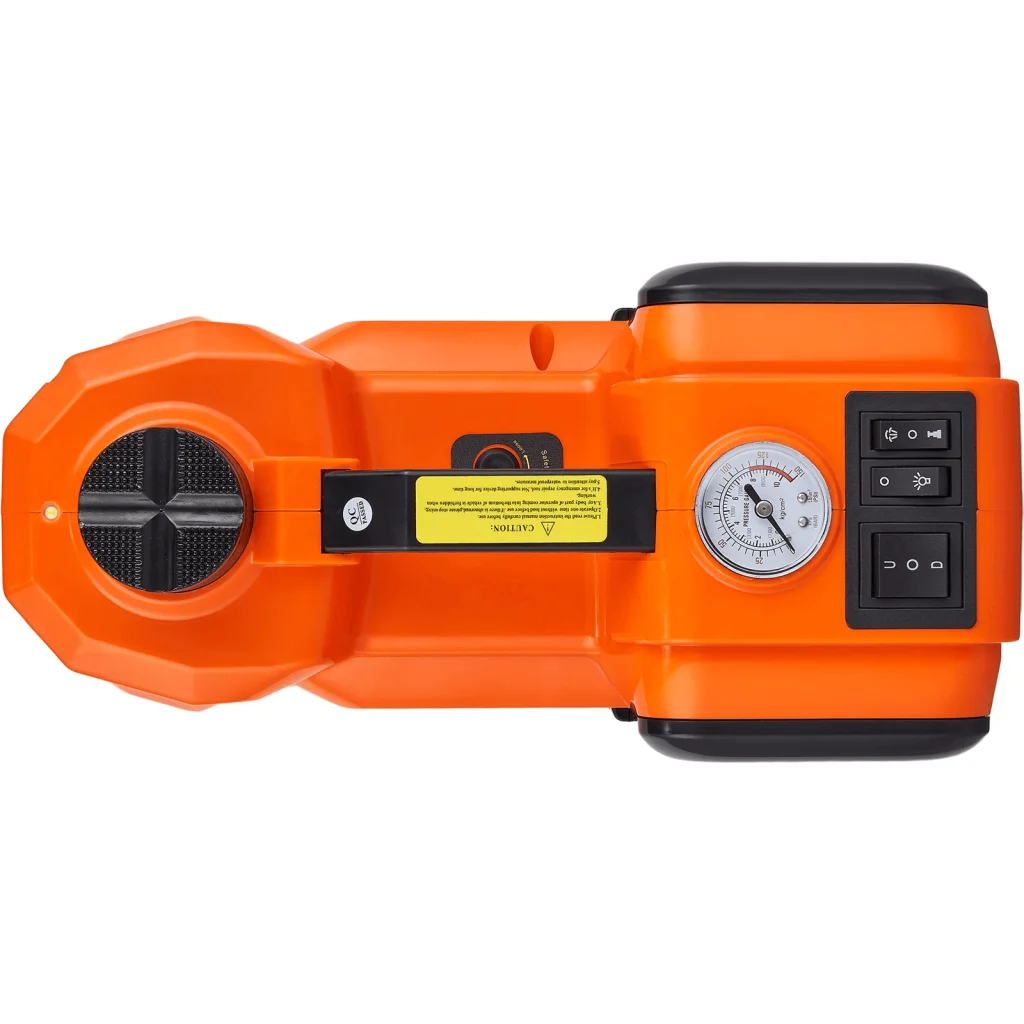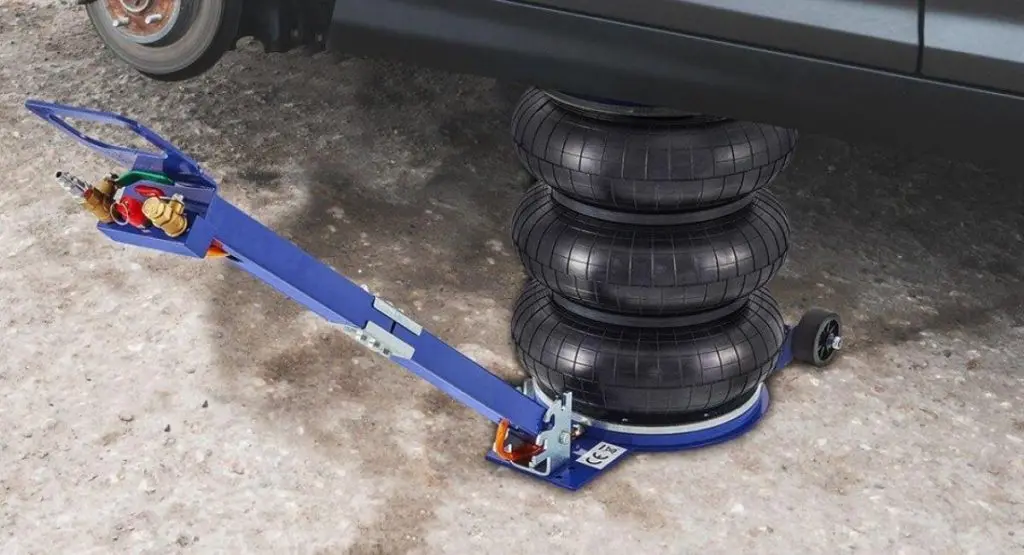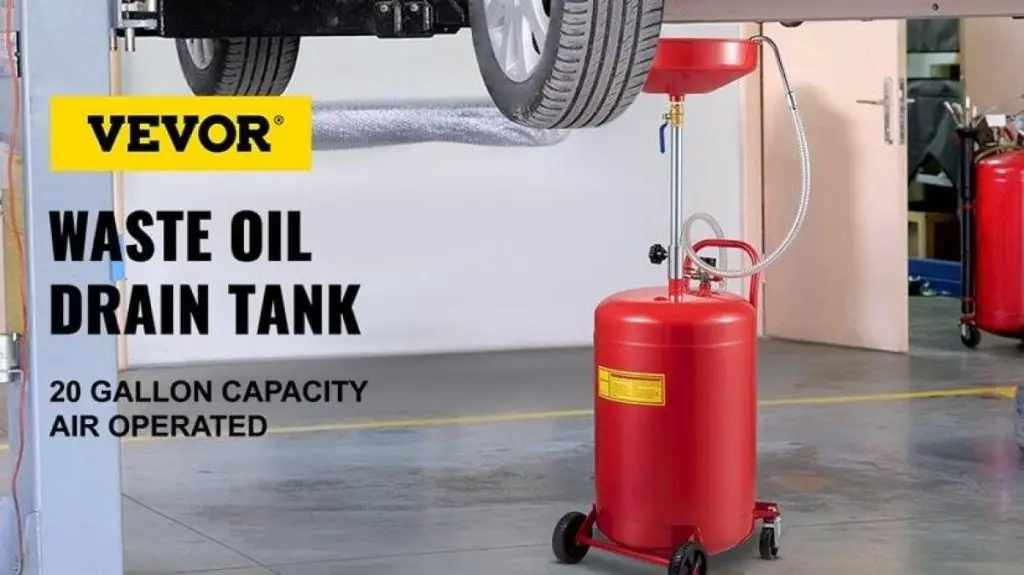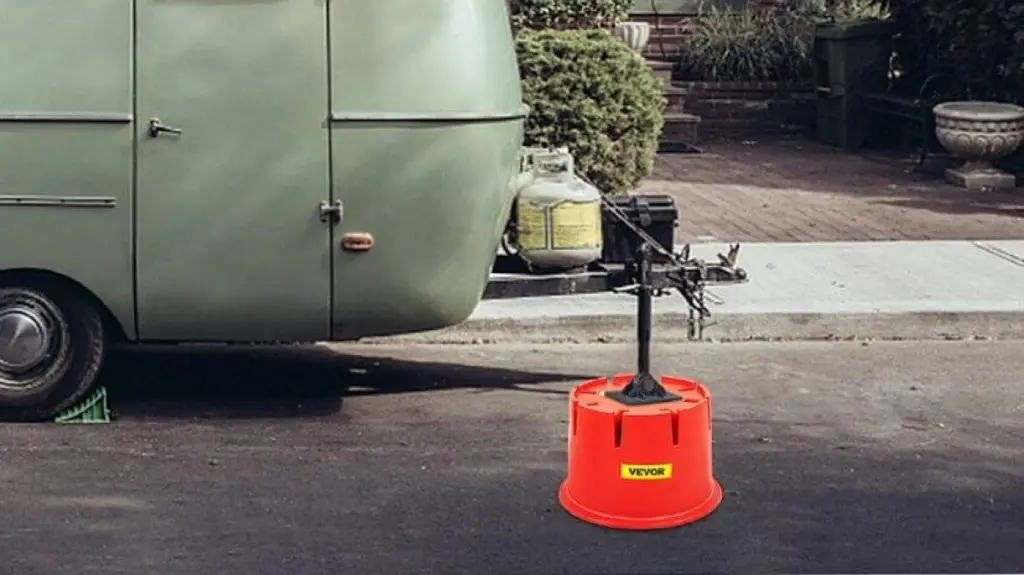If you are going to be working in the automotive industry, then knowing what the different types of hydraulic jacks are is very important. Even if you’re someone who just wants to work on your own cars, you still need to know how hydraulic jacks work. This is exactly what we are here to teach you today, everything and anything you need to know about hydraulic jacks.
We’re going to provide you with a crash course on all of the different types of hydraulic jacks, how they work, and what their pros and cons are. By the end of today’s article, you should know exactly what to look out for when choosing a hydraulic jack.
Table of contents
What is a Hydraulic Car Jack?
A hydraulic car jack is a special type of tool used to elevate vehicles from the ground. The purpose of a hydraulic car jack is to lift a car off the ground, so that maintenance can be performed from underneath. These tools use the principles of hydraulics.
In other words, they use the pressure of fluids to create force that can lift. Hydraulic jacks are often used because they are very efficient, able to lift heavy loads, and are super easy to use without much physical effort.
These are very important tools in a wide variety of garages, workshops, and can be used for roadside assistance as well. Hydraulic jacks are usually made out of metal frames, hydraulic cylinders, a pump handle, and a lifting arm. Unlike the mechanical counterpart which uses physical force to elevate a vehicle, hydraulic jacks use what is known as fluid dynamics.
This allows for a much more powerful and smoother lift. Heavy vehicles like SUV’s, large sedans, and trucks all benefit from this type of lifting power. The fact that hydraulic jacks allow for controlled lowering also makes them quite safe to use, especially when compared to their mechanical counterparts.
The Inner Workings of a Hydraulic Car Jack
Now that you know what a hydraulic jack is, let’s take a look at exactly how they work. So, first we have the hydraulic cylinder. This is a chamber that is sealed and filled with hydraulic fluid. We then have a piston inside of the cylinder, which moves to create lifting power. When the fluid is pressurized, it causes the piston to move upwards.
Speaking of hydraulic fluid, this usually consists of hydraulic oil. It is 100% incompressible and allows the force to be transferred through the jack. We then have the pump, which is usually operated by a handheld handle. You use this to take hydraulic fluid and draw it from the hydraulic fluid reservoir into the hydraulic cylinder.
This creates pressure required to lift the piston, and therefore the lifting arm. Next we have check valves, which are one way valves that make sure that hydraulic fluid only flows in a single direction. This helps to maintain pressure within the hydraulic system while preventing back flows from occurring.
We then have the release valve, which allows you to slowly release the hydraulic fluid back into the reservoir, therefore lowering the arm in a controlled manner. Speaking of the reservoir, this is where all of the hydraulic fluid is kept when it’s not used.
Essentially, you put a jack under the lifting point of a vehicle and close the release valve. You then pump the handle, which causes fluid to come from the reservoir into the pump chamber, increasing pressure and in the unit.
That pressure is then transferred using the hydraulic fluid into the piston, which causes the arm of the jack to raise upwards. The check valves make sure that the hydraulic fluid remains within the cylinder, allowing for a consistent and steady lift. Once you’re done, you slowly activate the release valve to let the fluid back out of the system, and therefore lower the arm.

The Types of Hydraulic Jacks
Here is of course what we are really here to talk about today, the different types of hydraulic jacks and how they work. Each one has its own pros and cons, so let’s take a closer look at what they all are.
Hydraulic Floor Jack
First we have the regular hydraulic floor jack. This may also be called a service jack. It’s a widespread tool often found in garages and automotive repair shops. It has a long handle with a horizontal piston, which allows mechanics to lift up vehicles with minimal force. These units also have casters and a wide base, to allow for great stability.
All the user has to do is put the jack under the lifting point of the vehicle and pump the handle. The big advantages of these types of hydraulic jacks is that they are very stable, they can lift a lot of weight, and they’re easy to use as well.
However, they are also large and heavy, which reduces their overall portability. They also need a totally flat surface to work properly. This Hydraulic Floor Jack from VEVOR is known as being one of the best in its class!
Recommended For Your Project
Hydraulic Trolley Jack
Next, we have the hydraulic trolley jack. These are very similar to your hydraulic floor jacks, but generally have lower wheels and a lower profile. They are designed primarily to fit under vehicles that don’t have much clearance underneath.
If you need to perform quick maintenance tasks and repairs when you are underway, then this is a good type of jack to use. Just like with a floor jack, all the user needs to do is pump the handle to raise the vehicle.
The big advantages here are that these hydraulic trolley jacks work well for vehicles with low clearance, and they are super portable. With that being said, compared to regular floor jacks, they usually can’t lift as much, and they aren’t quite as stable either.
Bottle Jack
We then have the bottle jack, which as you might be able to tell, gets its name from its shape. These are powerful yet small lifting devices. They do have pistons and hydraulic cylinders, and thanks to their design, they’re ideal for lifting heavy vehicles such as trucks.
This is why they’re also often used for industrial purposes. Thanks to the vertical design of these models, they can lift a whole lot of weight, in spite of being extremely compact.
However, they don’t work well for vehicles that have low clearance, and they have a somewhat narrow base, so they’re not the most stable in the world. If you’re looking for a reliable model, the VEVOR Bottle Jack is a prime option to consider.
Bottle Jack with Air Assist
Similar to the regular bottle jack, here we have the bottle jack with air assist. What you get here is a regular bottle jack with an air compressor integrated into it, which allows for the lifting process to be totally automated. This means that the user barely has to do any work at all. You don’t have to do any manual pumping, and that can save you a whole lot of time.
It’s the air compressor doing all of the heavy lifting here, therefore making it much easier for the user. If you need heavy duty power, and you need to lift cars frequently, then this is the way to go. The only real disadvantage is that you need an air compressor, and this can end up being relatively expensive.
Low-Profile Floor Jack
We then have the low profile floor jack, which as you can probably tell by the name, is designed for vehicles that don’t have much underneath clearance. They’re ideal for vehicles such as sports cars. They work the same as regular floor jacks, by which we mean that a handle is pumped to lift the vehicle.
The big advantage here is of course that these jacks provide a stable lifting surface for low clearance vehicles. The issue with them is that they are usually a bit heavier and less portable because they have to be very strongly built, and they’re usually more expensive than regular floor jacks too.
Hydraulic Transmission Jack
Last but not least, we have the hydraulic transmission jack, like this particular transmission jack from VEVOR. This is a tool designed specifically for installing and removing the transmission of vehicles. It has a hydraulic lifting system combined with a cradle that holds on to the transmission while it is being lifted upwards.
The big advantage of this type of hydraulic jack is that they work well for lifting awkward and heavy transmissions. However, besides lifting transmissions, these jacks don’t have other applications, making them very limited in terms of what they can do.
FAQs

Here are a few of your most frequently asked questions about hydraulic car jacks.
How to maintain a hydraulic jack?
To maintain a hydraulic car jack, you always need to check the hydraulic fluid to see if there is enough. You then want to inspect the jack from top to bottom to see if there are any indications of damage or where. Here, you’re looking for rust, worn seals, and leaking fluid.
You also want to clean your jack after every time you use it, because you don’t want debris and dirt building up. These can cause damage. Finally, make sure that your jack is stored in a clean and dry place to prevent corrosion from occurring. Parts should also be lubricated on a regular basis.
Are there any safety precautions to take when using a hydraulic jack?
One of the biggest safety tips to follow when using a hydraulic jack is to make sure that you always have it on a flat and stable surface. You don’t want the jack slipping or tipping over. To prevent the vehicle from moving or rolling, wheel chocks are recommended.
You also want to make sure that the jack is positioned directly under the lifting point of the vehicle, as this will keep everything stable and avoid damage.
Perhaps the most important point of all is to never go over the rated lifting capacity of the carjacking question. You don’t want to be underneath a car when the jack isn’t designed to hold up that much weight.
Is it possible to repair a leaking car jack myself?
As long as you have a bit of know-how and the proper tools, it is possible to repair a hydraulic jack that is leaking fluid. You’ll first need to identify where the leak is coming from. This will usually be a gasket or a seal. You’ll therefore have to purchase a seal kit design for your specific type of jack. Follow the instructions as included on your sealant kit.
Final Thoughts on How Hydraulic Jacks Work
As you can see, hydraulic jacks really aren’t all that complex or difficult. They feature a cylinder filled with hydraulic fluid and a piston that pressurizes that fluid, causing the lifting arm to raise. It doesn’t get much easier than that. The only thing left for you to do is to choose the right kind of hydraulic jack for you. One of the best models that we recommend is this particular VEVOR Electric Jack, which is able to lift a whopping five tons.





